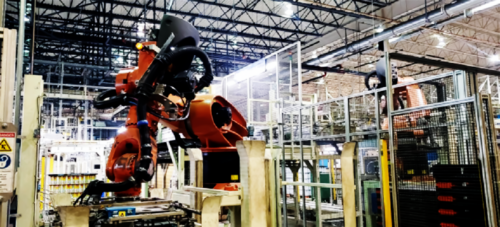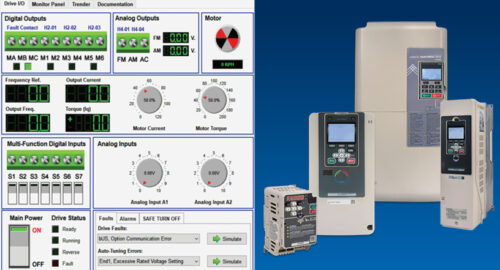Mitsubishi Electric sets world records in solar cell conversion efficiency
Reducing resistive loss in polycrystalline silicon photovoltaic cells enables a 19.3% efficiency rating for photoelectric conversion.
Mitsubishi Electric Corporation announced that it has settwo world records for photoelectric conversion efficiency in polycrystallinesilicon photovoltaic (PV) cells, achieved by reducing resistive loss in thecells. Photoelectric conversion efficiency is the rate at which sunlight energyis converted into electricity, with higher rates meaning more output.
|
Polycrystalline silicon photovoltaic cell. Source: Shanghai Join-In Import & Export Trading Co., Ltd.
|
One of the world records, which Mitsubishi Electric has nowrenewed for the third consecutive year, is a 19.3% efficiency rating forphotoelectric conversion of a practically-sized polycrystalline silicon PV cellof 100 squared centimeters or larger, with the PV cell measuring approximately15 cm x 15 cm x 200 micrometers. The rating is 0.2 points higher than thecompany’s previous record of 19.1%. In 2008, the company achieved aworld-record photoelectric conversion efficiency rating of 17.4%.
The second world record, achieved with the same technologiesin an ultra-thin polycrystalline silicon PV cell measuring approximately 15 cmx 15 cm x 100 micrometers, is an efficiency rating of 18.1%, a 0.7-pointimprovement over the company’s previous record of 17.4%.
The conversion efficiency rates have been confirmed by the NationalInstitute of Advanced Industrial Science and Technology (AIST) in Japan.
Mitsubishi Electric will be developing mass-productiontechnology to deliver these high conversion rates in commercial PV modules. Thecompany also aims to increase the output of its PV systems by combining thistechnology with PV inverters capable of high-efficiency conversion of dccurrent to ac.
Growing demand for PV systems drove the global production ofPV cells to reach 5,500 megawatts (MW) in the fiscal year ending March 2009,and is expected to reach 8,000 MW in 2012. Mitsubishi Electric’s breakthroughsare important considering that, with the use of crystalline silicon PV cellscontinuing to increase, PV cell manufacturers are looking for ways to improvethe conversion efficiency of these cells to gain more output power from limitedsurfaces. At the same time, PV cell manufacturers are trying to achieve moreoutput power while reducing the thickness of PV cells, thereby reducing theirdependence on silicon and the related risk of sharply fluctuating prices forthis material.
Access
other ControlEngineering content related to solar energy:
- Photovoltaic solar arrays generateexcitement at Illinois headquarters of Schneider Electric
- Poweringremote and wireless devices with solar panels
- MarsChocolate unveils solar garden
-Edited by DavidGreenfield , editorial director
Control Engineering Sustainable Engineering News Desk
Do you have experience and expertise with the topics mentioned in this content? You should consider contributing to our CFE Media editorial team and getting the recognition you and your company deserve. Click here to start this process.





